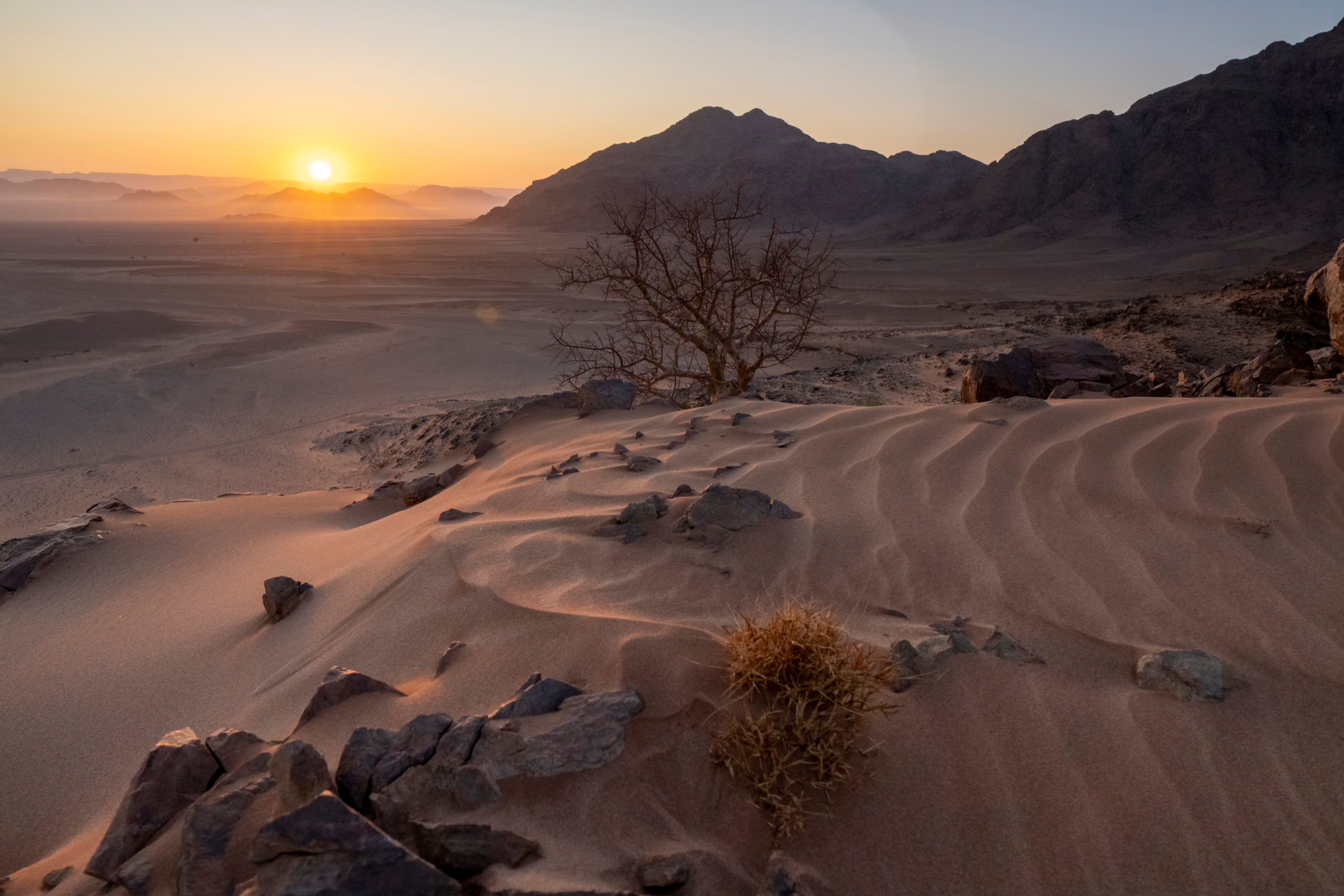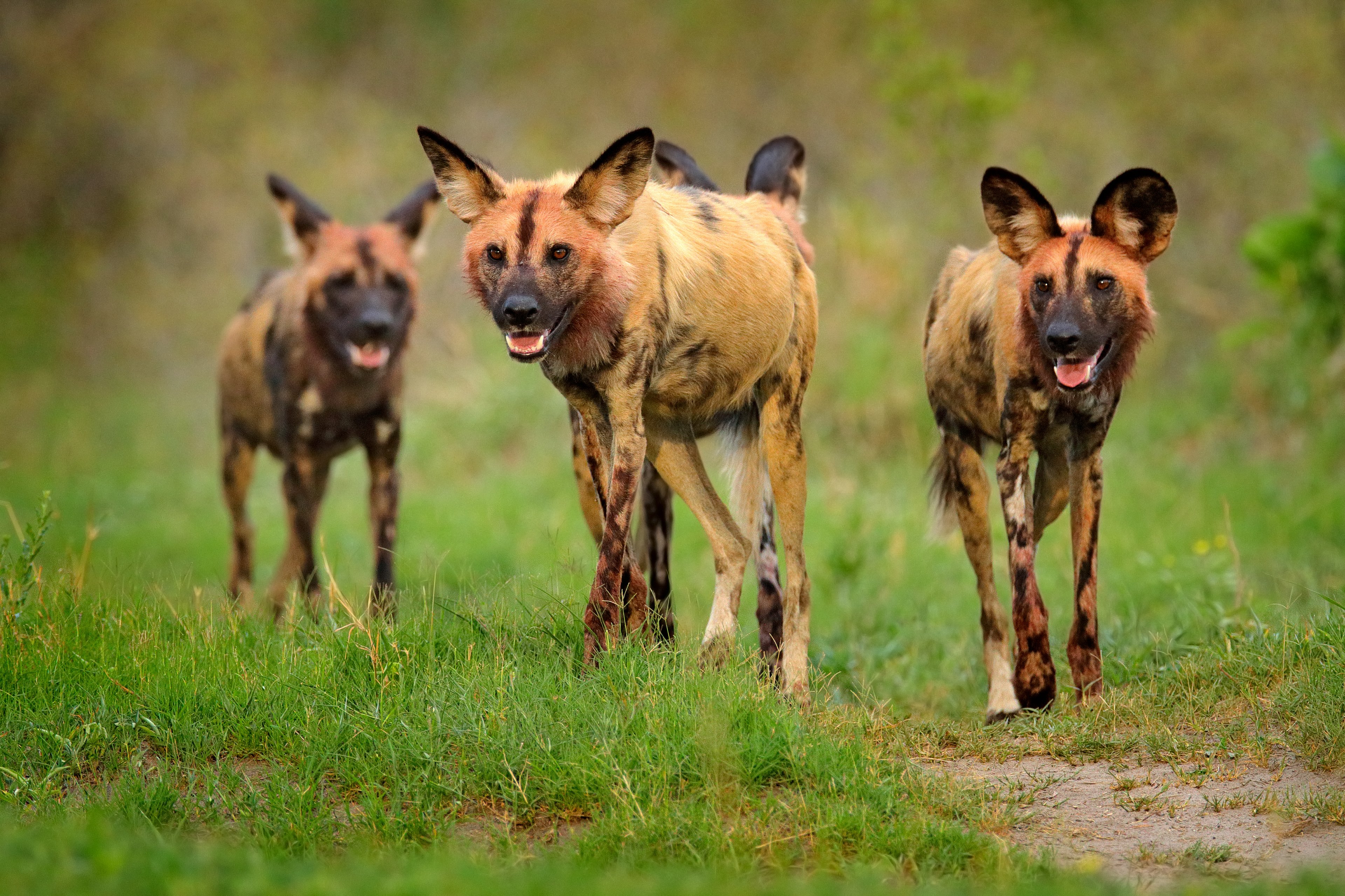Every November, we celebrate Manatee Awareness Month, a campaign initiated by former Florida Governor Bob Graham in 1979. His reasoning then, as now, was simple. Every year in November, Florida’s population of West Indian manatees migrate south to warmer waters and, in doing so, put themselves in danger of fatal collisions with motor boats. Graham’s idea to create awareness of and offer protection for these languid giants was prophetic, for while collisions with fishing boats remain a real danger today, there are more devastating factors at play. Marine pollution, the demise of the seagrass manatees feed on, the loss of the warm-water habitats on which they depend and drowning while caught in fishing nets and lines are all contributing issues.
These slow-moving creatures that prefer shallow water are pretty much the stuff of legend and have inspired the myth of mermaids for eons. It was Christopher Columbus on his first journey to the Americas who wrote in his Journal: "On the previous day [January 8, 1493], when the Admiral went to the Rio del Oro [Haiti], he saw quite distinctly three mermaids, which rose well out of the sea; but they are not so beautiful as they are said to be, for their faces had some masculine traits." An explanation for this could be that manatees and dugongs are known to rise out of the shallow waters—much like the alluring sirens of Greek myth—in order to breathe and perform tail stands.
And so, it follows that in Greek mythology sirens are portrayed as aquatic and mermaid-like, while from Spain to France, Poland to Portugal and even Italy, the word for mermaid is sirena, sirene, sirena, syrene, and sereia. A further twist in the (mermaid’s) tale is that the biological name for the order to which the dugong and manatee belong is called Sirenia, while the name dugong translates to ‘lady of the sea’ in the Malay language.
Much is fascinating about manatees and dugongs, but most notable is that their closest living relatives are not whales or dolphins, but elephants. This can be traced back to an ancient order of African mammals known as the Afrotheria, a superorder that includes seven groups of animals thought to have shared a common ancestor around 100 million years ago. This group includes manatees, dugongs, elephants, the aardvark, hyraxes (African shrewmouse), golden moles and tenrecs.





